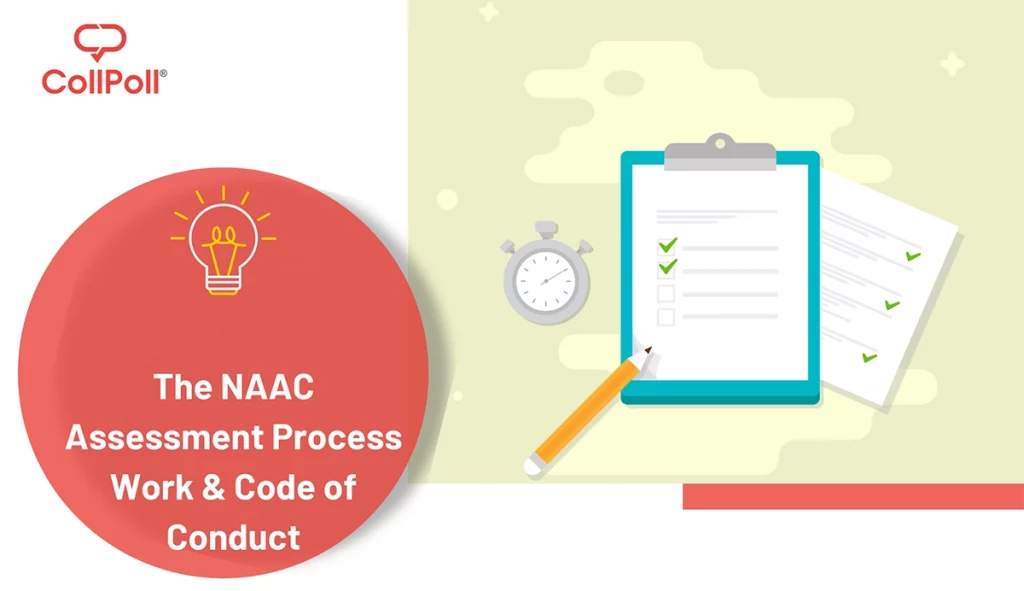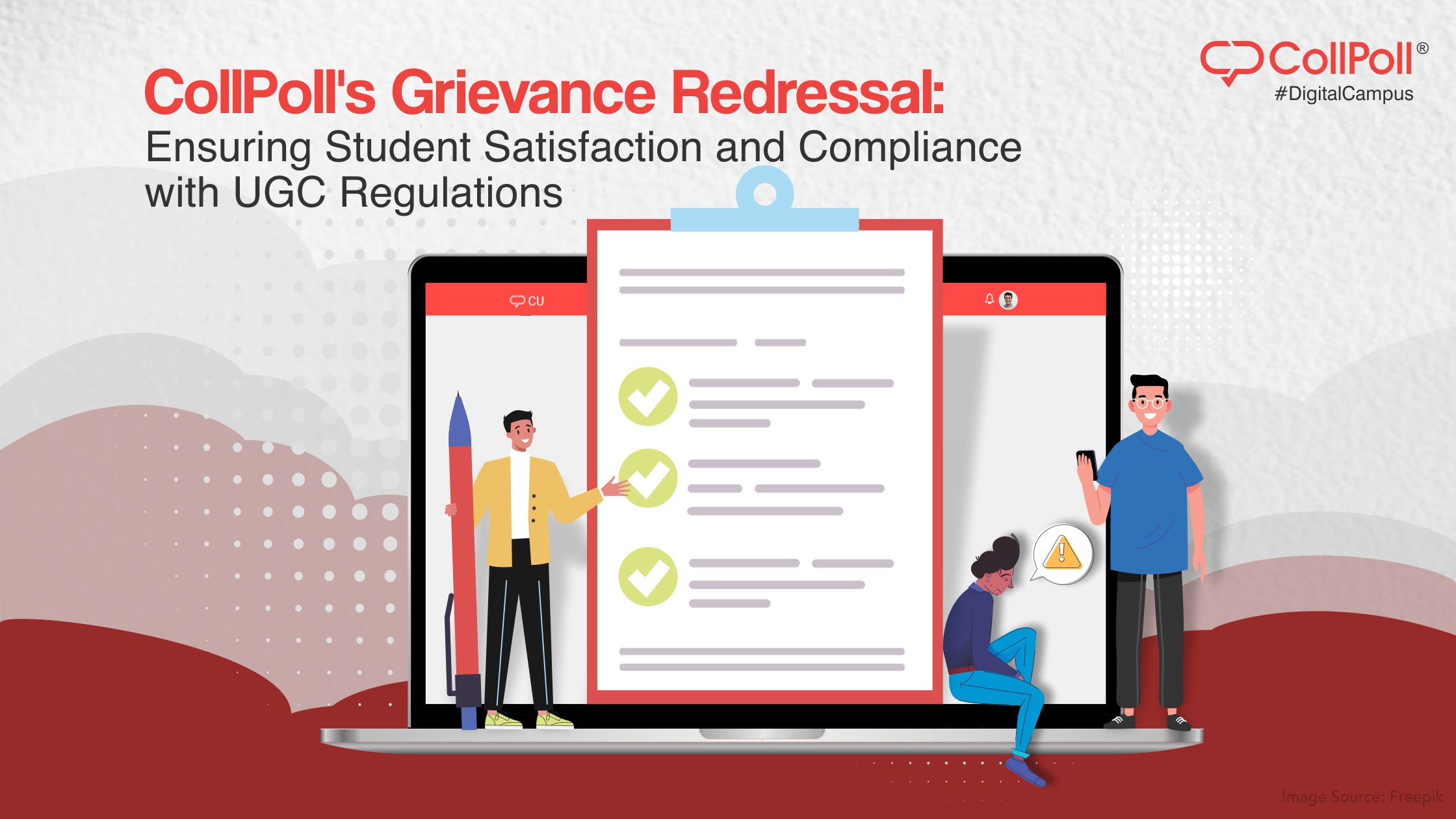The University Grants Commission has recognized the National Assessment & Accreditation Council (NAAC) as their Quality Assurance Agency. NAAC exercises an autonomous role as –
- Planner – They plan the quality framework for higher education institutions.
- Developer – Designing the quality assessment instruments, deciding the parameters for assessment, and delivering training to HEIs and assessors.
- Overseer – Supervising the assessment and accreditation (A/A) process rather than conducting the process themselves.
NAAC is entrusted with making the process of assessment and accreditation of higher educational institutions (HEIs) a transparent, unbiased, and systematic experience. They aim to create a holistic approach based on data that can help improve our country’s education system.
NAAC has conceptualized the assessment and accreditation process as an activity based on mutual trust and respect. And therefore, NAAC undertakes the A/A for Indian HEIs in three steps –
- Self-review by the institution to help them introspect about the standard of education and learning experience that they give their students.
- An onsite Peer Team Visit (PTV) assesses the authenticity of the facts stated in the self-review. The team consists of peer experts trained to carry out an objective assessment.
- A subsequent review and assessment by NAAC experts to declare the accreditation status of the higher education institutions. The NAAC assessors look at the reports of the peer team review and undertake an independent analysis to assess the institution’s quality of education.
In the process described above, a lot rides on the objective and unbiased assessment by the peer team. The way different NAAC assessors conduct their reviews may not be similar. Still, they must match the same standards set by NAAC. And so, NAAC has defined a detailed code of conduct for the Peer Team Members or Assessors.
Since 2017, NAAC has digitalized the assessment and accreditation process. Therefore, all stakeholders have limited access to a digital space known as the ‘NAAC assessors portal.’ Assessors or Peer Team Members (PTM) are given login credentials. All communications regarding the assessment and accreditation are done through the portal. The report is also submitted here at the end of the peer review.
The assessment process must be a meaningful experience for both the HEI and the PTM. To retain a high standard of the assessment and accreditation process, NAAC has defined and evolved guidelines for peer team members to follow during their onsite visits to educational institutions. Before we discuss the code of conduct for the PTM, here’s a look at the pre-requisites that education professionals should fulfill before they are selected as assessors –
- Assessors should apprise themselves of the latest NAAC guidelines and keep themselves up-to-date about the protocol they are expected to follow.
- NAAC Assessors should have in-depth knowledge of the accreditation process’s quantitative metrics (QnM) and qualitative metrics (QlM).
- Peer Team Members are expected to go through the self-review report beforehand. Then, visit the institution with the NAAC team to assess the institution and the quality of education they offer.
- Educators in India consider the assessment process a challenging and academically enriching experience in their profession.
- Assessors may view the guideline videos about Peer Team Visit on the NAAC website when in doubt. They are available under the training menu.
NAAC Assessment & Accreditation Code of Conduct
- All Peer Team Members must conform to the principles of ethics and code of conduct defined by NAAC.
- Members should not allow themselves to be influenced directly or indirectly by the institution or any other entity during the peer team visit.
- Members should typically not be accompanied by anyone else (friends or family) during the peer team visit. The member is expected to bear all the expenses for their companion during the visit. If unavoidable, the peer team member should give prior information to their NAAC coordinator.
- Members should not use the institution’s facilities unduly during the peer team visit.
- Members should not accept an honorarium or gift in cash or kind from the HEI. If a member agrees with a token remembrance of nominal value from the institution, they must declare it.
- Members should disclose any conflict of interest, past or present association with the institution within the last 3 years before the peer team visit. If there is any such conflict or association, the member is obligated to declare it beforehand.
- In the last three years before undertaking the peer team visit, the members should not have accepted an Honorary degree such as a D.Litt., D.Sc., etc., or award or position of profit from the institution being visited.
- Suppose a member accepts any paid job or assignment from the institution within one year after the declaration of NAAC accreditation results of an institution. It will be considered a conflict of interest by NAAC, and this should be strictly avoided.
- All members of the PTV are expected to maintain strict confidentiality about the process and outcome of the assessment. Any public or private discussions about the assessment outcome should be avoided before and after the official declaration of the NAAC accreditation result.
- Members are expected to adhere to this Code of Conduct during the peer team visit. If any misdemeanour is established, the member will be barred from all NAAC administration activities. The member will be liable for further action as deemed fit by the NAAC and the concerned statutory regulatory authority.
Get in touch with us to know more about National Assessment & Accreditation Council (NAAC) and how your educational institution can benefit from it!





